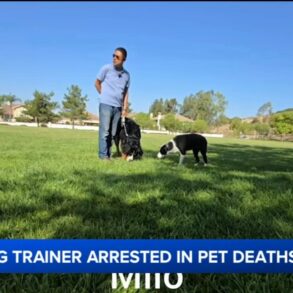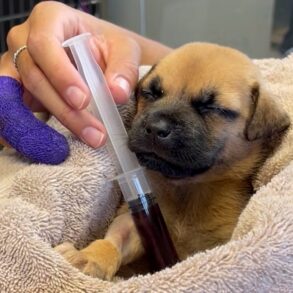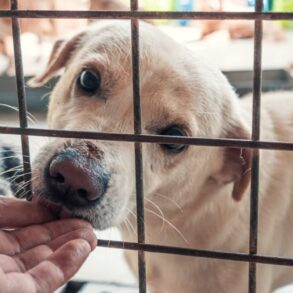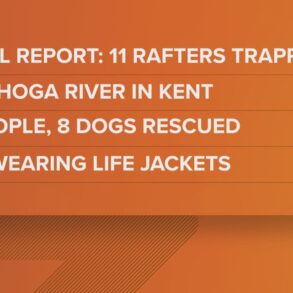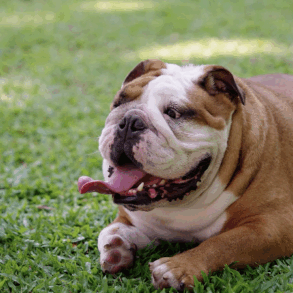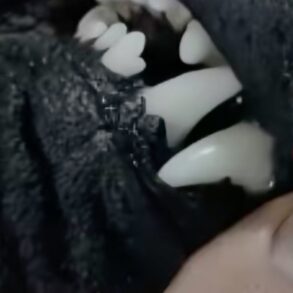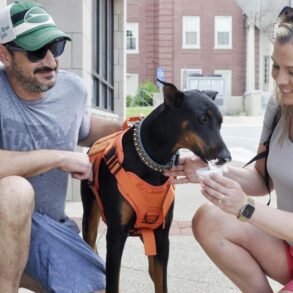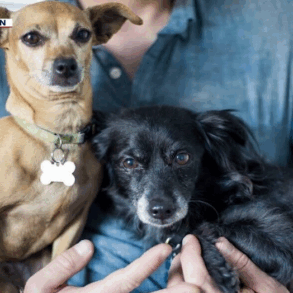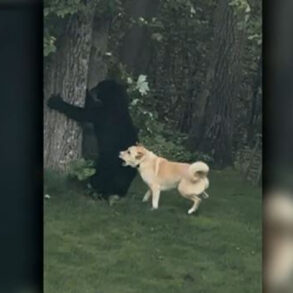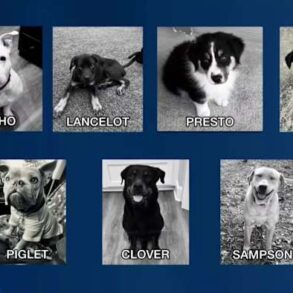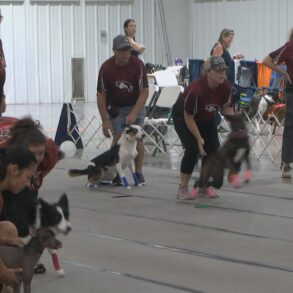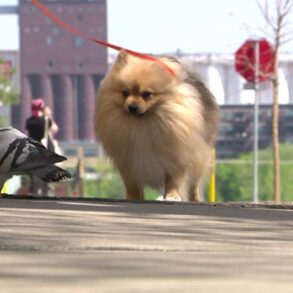Dedicated dog owners have been able to solve many issues caused by Arizona’s extreme weather heat. Booties that protect paws from burning sidewalks and bowls that filter and cool water make the summer months more bearable for canines.
While these solutions solve many problems Arizonan pet owners face every year, your dog may still be asking for more help.
“They’re talking to us, we just have to learn how to interpret that and try to act fast,” Dr. Jerry Klein, chief veterinary officer at the American Kennel Club, said.
Here are the best ways you can read your dog’s behavior if they start to show signs of dehydration.
Why do dogs pant?
After playing an intense game of fetch or going on a long walk this summer, you and your dog will probably be doing everything possible to cool down. While sweating may be annoying and gross, this process is essential for regulating your body temperature. But unlike humans, dogs don’t sweat through their skin.
“They have very few sweat glands in the pads of their feet, so most of it is through convection,” Klein said about how dogs regulate their body temperature. “They pant. There’s blood vessels under the tongue and heat dissipates.”
But excessive panting doesn’t always indicate your pet is overheating. Klein said dogs pant when they are nervous and can be triggered when encountering experiences they don’t understand, like hearing startling noises, such as fireworks, or being in extreme pain.
“All dogs pant and I think it has to be taken in context,” Klein said. “Is it isolated? Does it just last a certain period of time, or does it go longer than that? Is the animal in good shape or is the animal acting badly? Or has been diseased, or sick or not feeling well? You have to look at the entire dog with a holistic approach.”
What experts say:Does cracking your garage door keep your home cooler?
Is your dog dehydrated?
When taking this “holistic approach” to evaluating your dog’s current condition, it is important to understand the difference between acute and chronic dehydration.
Acute dehydration occurs when both humans and dogs are in a fluid deficit, losing more fluids than you are taking in. It usually develops shortly after intense exercise or exposure to a hot or humid environment without proper hydration.
While chronic dehydration also involves a fluid deficit, it is caused by a more serious internal issue such as kidney or liver diseases and diabetes.
“With certain diseases, like kidney disease where there’s a problem with fluid metabolism, they may not be drinking enough or urinating more than they’re drinking. The output is greater than the input,” Klein said.
Differentiating between acute and chronic dehydration and seeking professional help accordingly can be the key to uncovering life-threatening illnesses.
What are other symptoms of dehydration in dogs?
Physical and behavioral indications of both types of dehydration include loss of appetite, lack of energy, dark urine and a dry nose. Your dog’s gumline and saliva will also be dry and sticky if severely dehydrated. It might be uncomfortable for both of you initially, but you can check for moist gums by running a finger along your dog’s gumline.
If your dog is vomiting or has diarrhea consistently, these uncontrollable reflexes can be either a symptom or cause of dehydration. The fluid deficit experienced, as your pet is expelling more fluids than they are able to take in, is more likely a sign your dog is experiencing chronic dehydration.
More extreme symptoms of chronic dehydration take a longer amount of time to develop, including sunken eyes and loss of skin elasticity. To test your dog’s skin elasticity: gently pull at the skin behind your dog’s neck and it should return to normal immediately.
If symptoms continue to progress or worsen, call your veterinary clinic and seek professional treatment.
How can you help your dog cool off?
The best way to treat dehydration in dogs is the same way you would treat it in humans: get them to drink water. Small amounts of water — as large amounts all at once may cause nausea — are the easiest and most efficient way to start the treatment process.
Keeping your pet in an air-conditioned environment during the hottest parts of the day can prevent symptoms of dehydration. There are cooling centers around the Valley that welcome pets and are great resources for those who don’t have consistent access to air conditioning.
“You see people at dog shows spritzing water mist inside a dog’s mouth,” Klein said. “Just misting off a dog or toweling off a dog and then putting a fan on them, is not quite as good as air conditioning, but if it’s the only thing you have, it’s certainly better than nothing.”
The recovery time depends on the severity and duration of dehydration, so it is crucial to catch the symptoms early and treat them effectively. In extreme cases, your dog may need to stay in the hospital for a day to receive fluids. In common cases, your dog may need to rest in a cool place for a few hours before returning to its normal state.
What temperatures are dangerous for dogs?
There is no specific temperature threshold for dogs. Because a normal dog has a higher internal temperature than humans, ranging between 100 and 102 degrees, the Arizona Humane Society recommends dog owners use their best judgment in gauging if it is too hot outside for their pets.
If you can’t walk barefoot on the pavement, your dog shouldn’t either. If you are thirsty and sweating, chances are your dog is getting dehydrated, too.
“Never leave dogs unattended in any enclosed area where there’s full sun,” Klein said. “Cars being the notorious example, but also people that may leave a dog in a yard that they think is shaded in the morning. Realize that the shade might no longer be there in a few hours later, and the dog could be in full sun.”
This post was originally published on this site be sure to check out more of their content.




